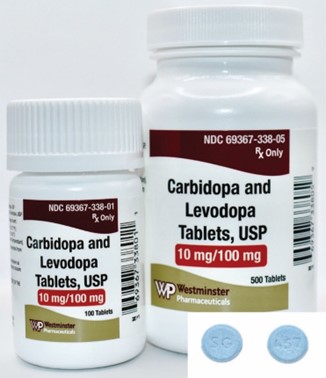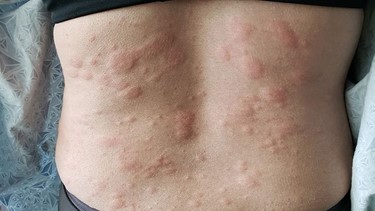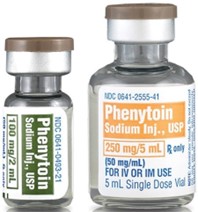The older adult client diagnosed with Parkinson's disease (PD) has been prescribed the combination medication carbidopa/levodopa. Which data indicates the medication is effective?
The client is able to walk upright without stumbling.
The client eats 30% to 40% of meals within 1 hour.
The client does not display emotions when discussing the illness.
The client has cogwheel motion when swinging the arms.
The Correct Answer is A
Carbidopa/levodopa is a medication used to treat the symptoms of Parkinson's disease, including tremors, stiffness, and difficulty with movement. If the medication is effective, the client should show improvement in their ability to move and perform daily activities. In this case, the client being able to walk upright without stumbling indicates that the medication is effective.
Option B is incorrect because eating 30% to 40% of meals within 1 hour is not related to the effectiveness of carbidopa/levodopa.
Option C is incorrect because displaying emotions when discussing the illness is not related to the effectiveness of carbidopa/levodopa.
Option D is incorrect because cogwheel motion when swinging the arms is a symptom of Parkinson's disease and would indicate that the medication is not effective.

Nursing Test Bank
Naxlex Comprehensive Predictor Exams
Related Questions
Correct Answer is C
Explanation
Ethosuximide is the medication of choice for the management of absence seizures ³⁵. It is a first-line medication that has been shown to be effective in treating absence seizures ⁵.
Options A and B are incorrect because carbamazepine and phenytoin are not considered first-line medications for absence seizures.
Option D is incorrect because while valproate can be used to treat absence seizures, ethosuximide is preferred due to its effectiveness and safety profile ³.
Correct Answer is B
Explanation
The sudden development of hives in a client taking phenytoin is most likely an allergic response to the medication. In this case, the medication should be stopped and the healthcare provider should be notified.
Option A is incorrect because a paradoxical reaction is not related to the development of hives.
Option C is incorrect because an idiosyncratic reaction is unpredictable and can disrupt the treatment plan.
Option D is incorrect because a hypersensitive response would require more than just reducing the dose; the medication should be stopped.


Whether you are a student looking to ace your exams or a practicing nurse seeking to enhance your expertise , our nursing education contents will empower you with the confidence and competence to make a difference in the lives of patients and become a respected leader in the healthcare field.
Visit Naxlex, invest in your future and unlock endless possibilities with our unparalleled nursing education contents today
Report Wrong Answer on the Current Question
Do you disagree with the answer? If yes, what is your expected answer? Explain.
Kindly be descriptive with the issue you are facing.

